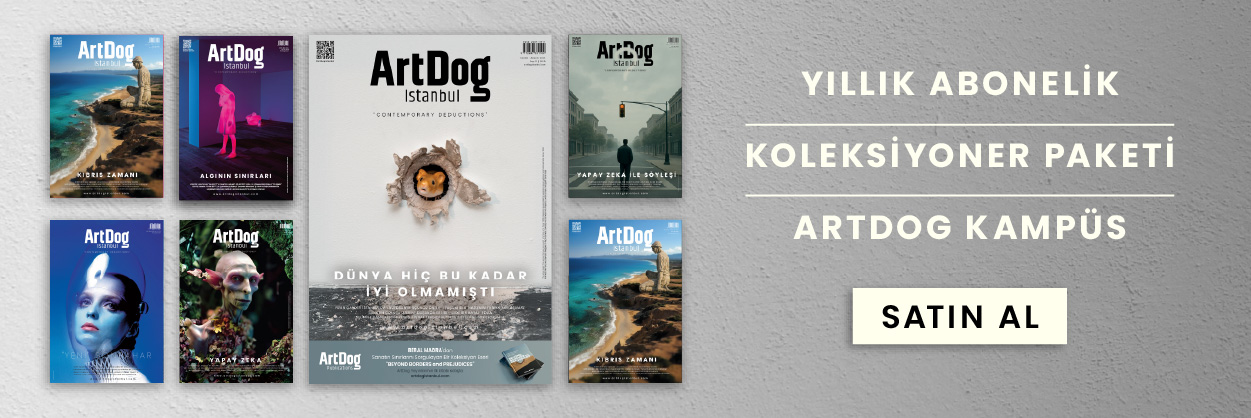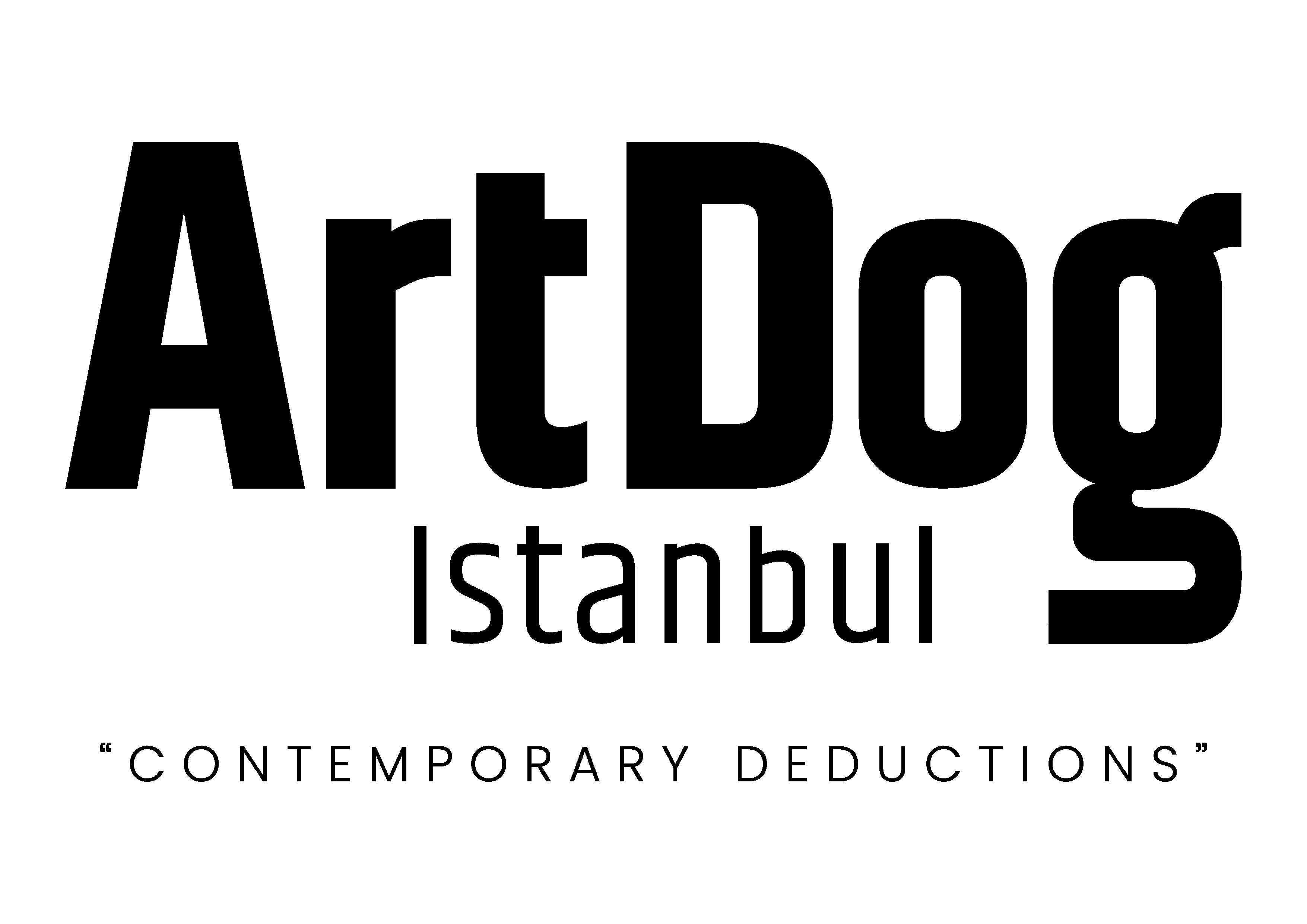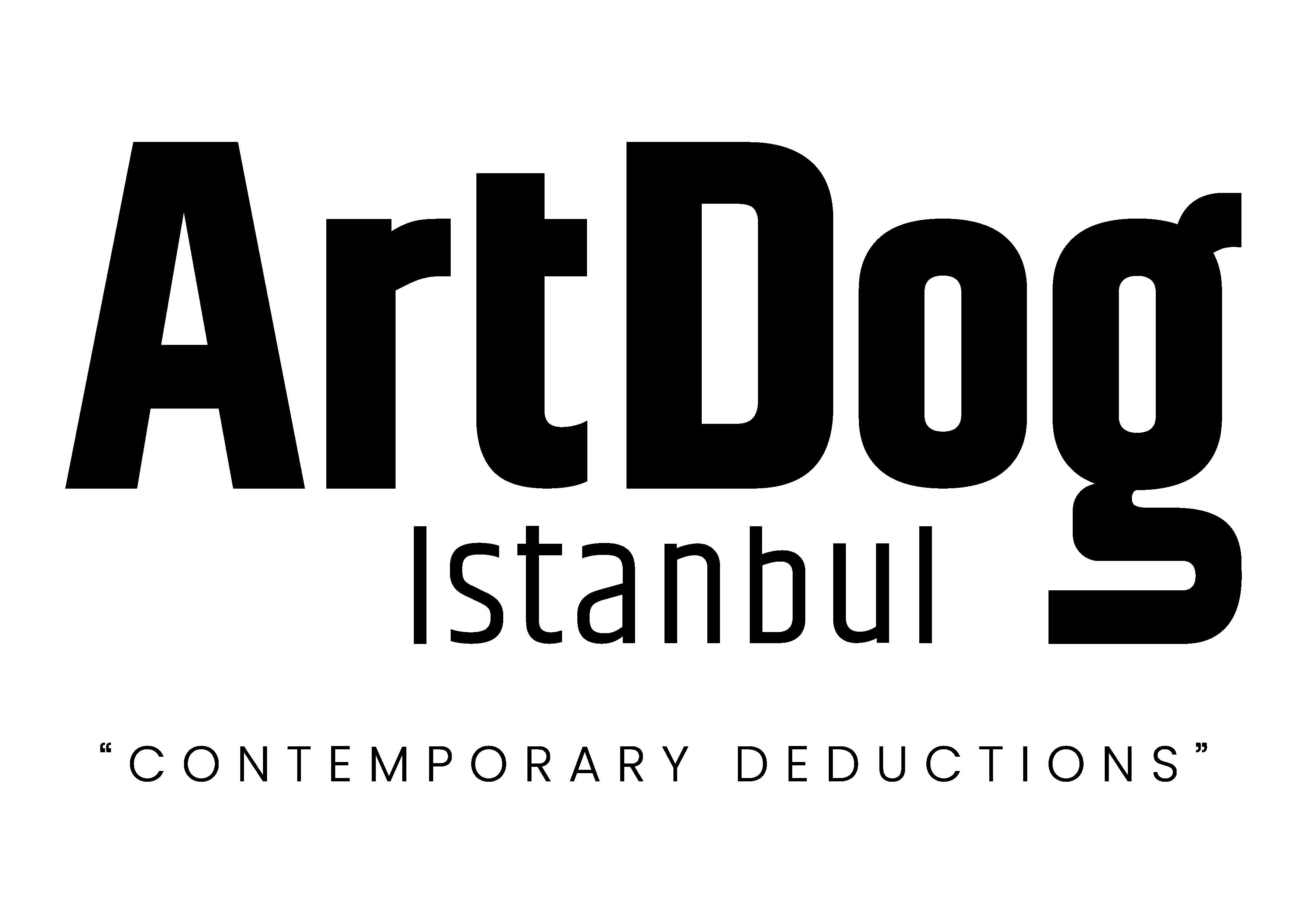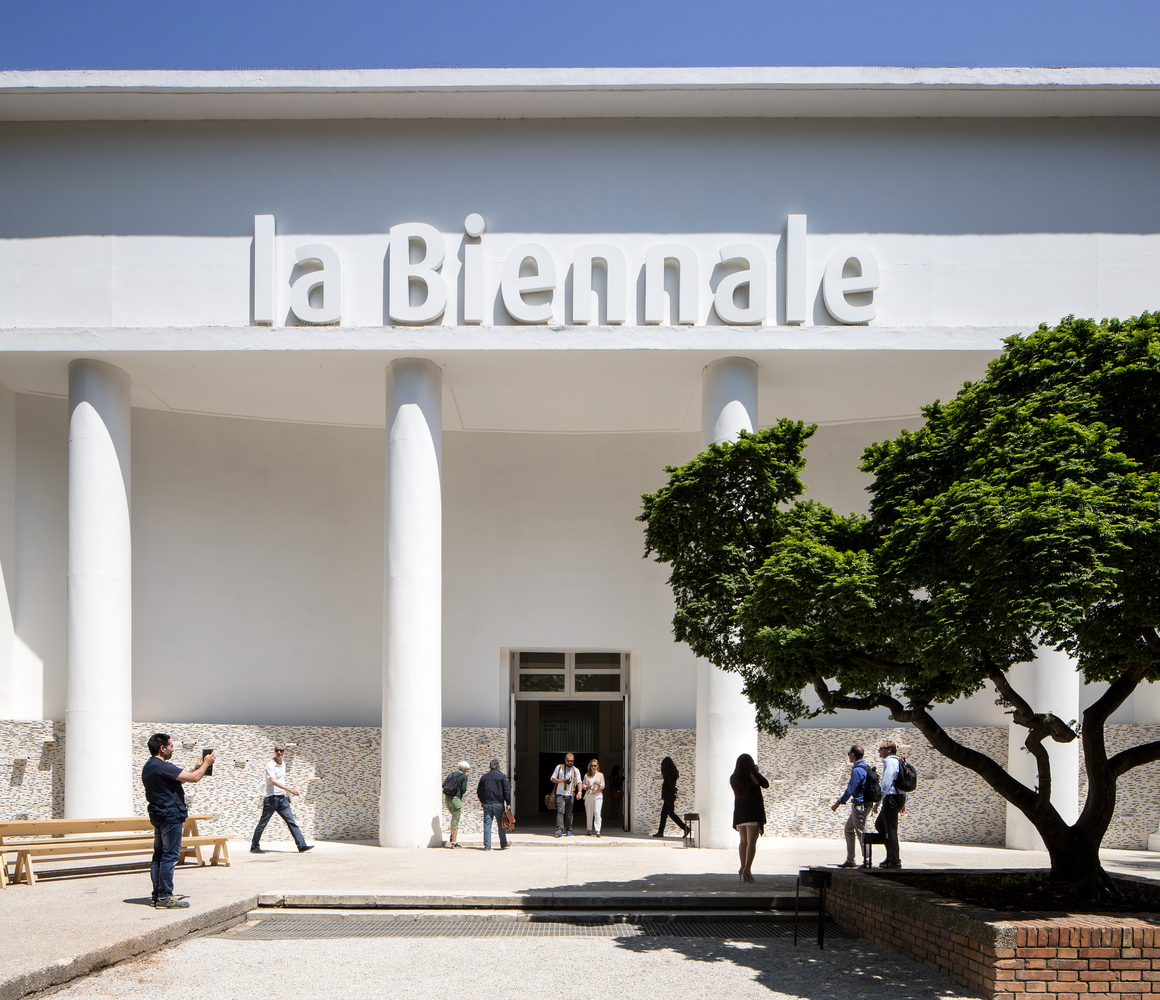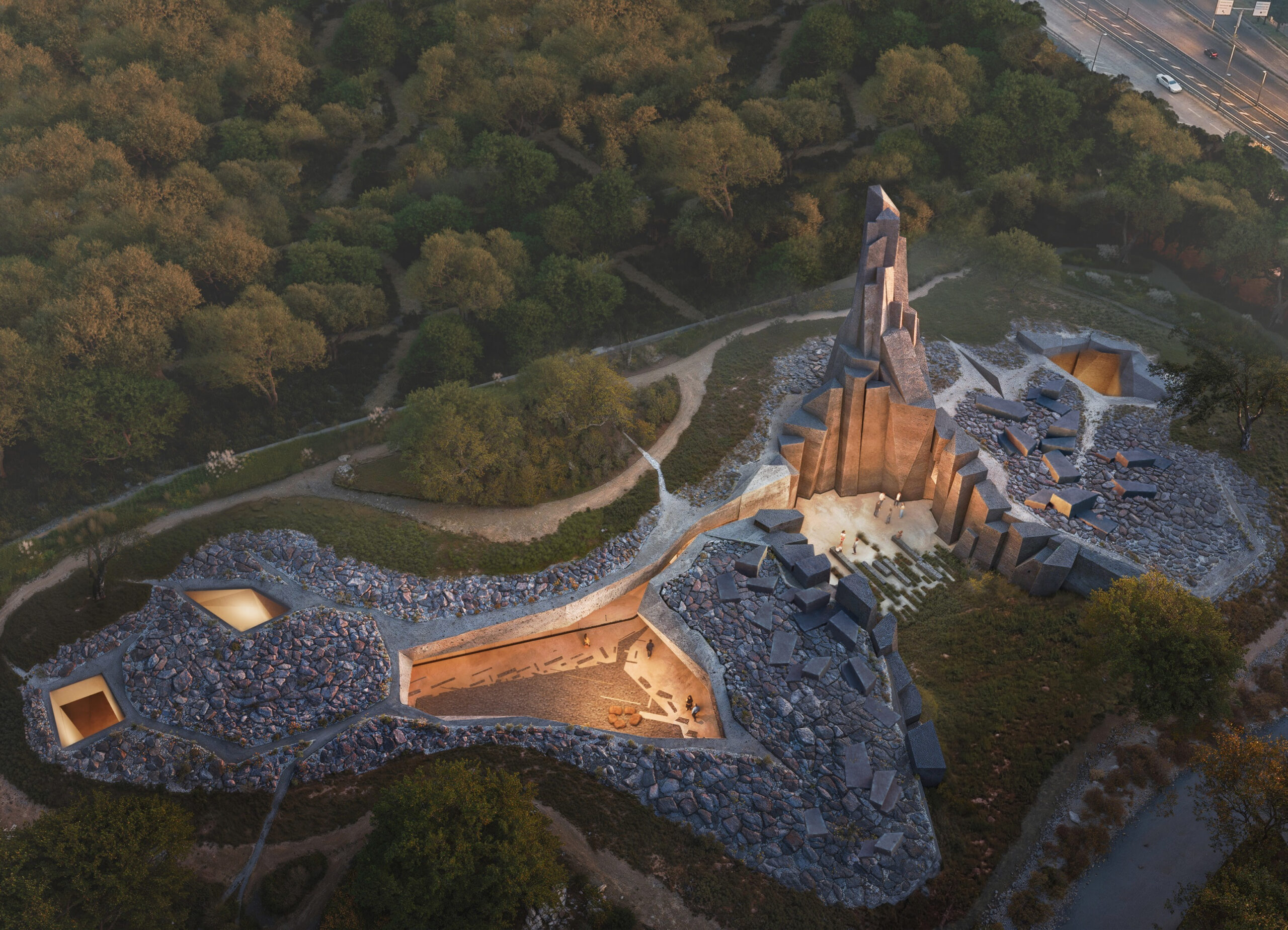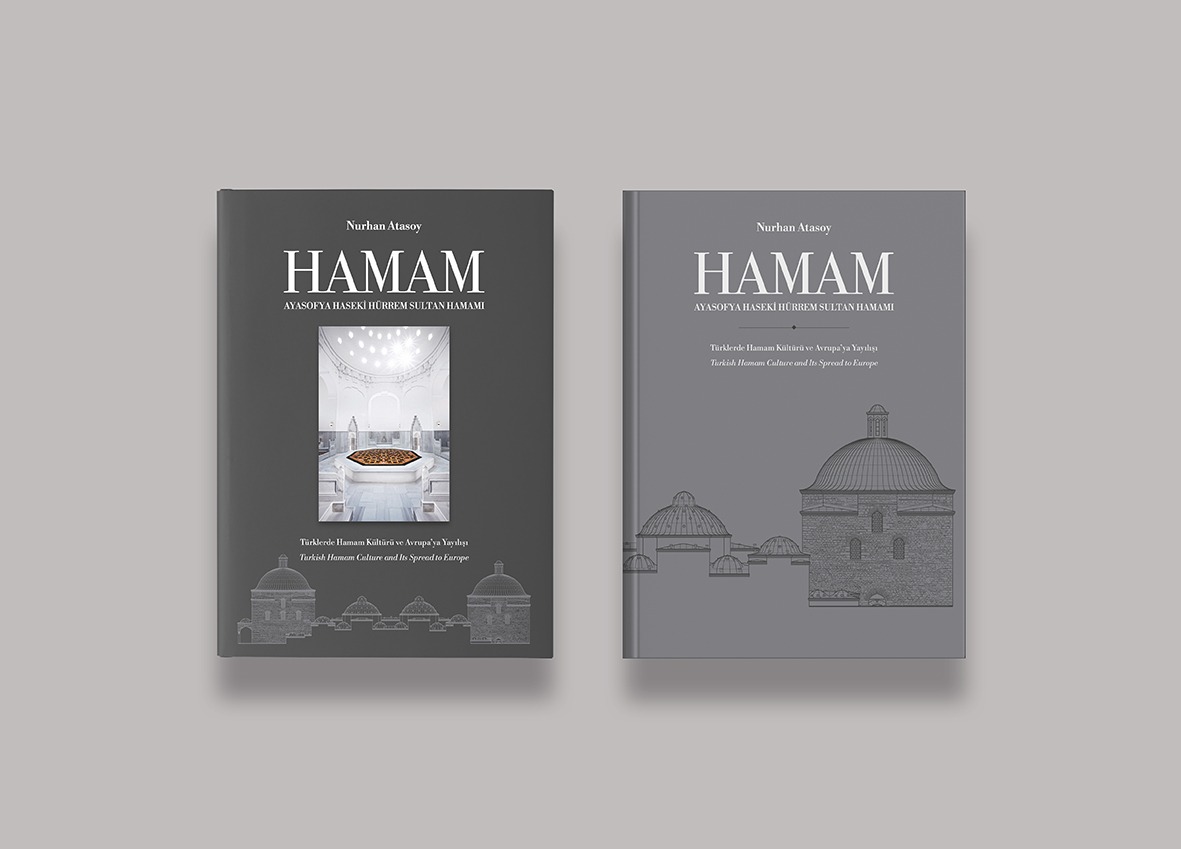Questioning the ways in which architecture can adapt to the future, the Venice Architecture Biennale 2025 is set to be the largest architecture biennale ever organized. At the press launch of the 19th International Architecture Exhibition, curator Carlo Ratti provided details about the content of this year’s edition, saying that the biennale will focus on the
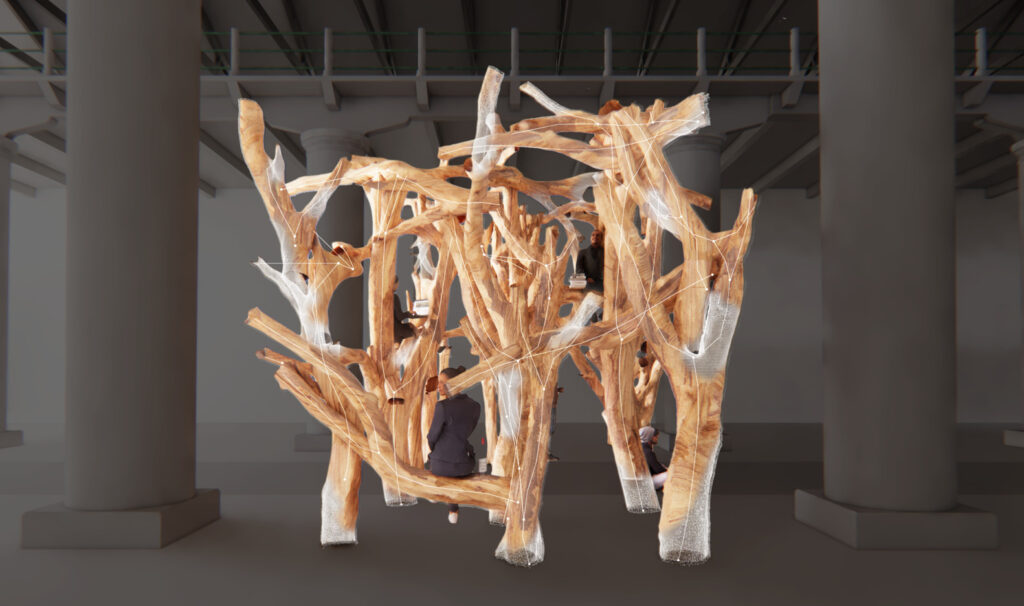
“Intelligens. Natural. Artificial. Collective” theme of the biennial. The biennial will take place between May 10 – November 23, 2025 and preview events will be held on May 8-9.
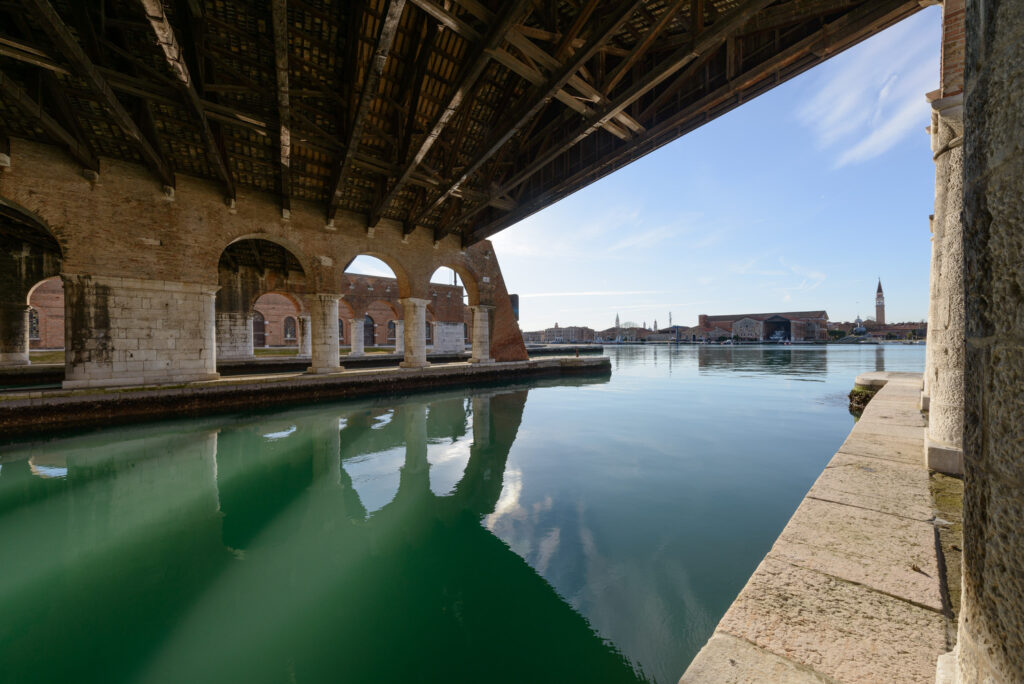
The exhibition, spread across Venice’s Giardini, Arsenale and city center, features the national pavilions of 66 countries. The four countries participating for the first time this year – the Republic of Azerbaijan, the Sultanate of Oman, Qatar and Togo – underline the inclusive and multi-layered nature of the biennale. With more than 750 participants, individual and institutional participants work in interdisciplinary and intergenerational teams.
From Nature to Space: Architecture Meets Intelligence
The curatorial vision of the biennial functions as a laboratory to question how architecture can tackle increasingly complex challenges such as climate change and urban transformations. Divided into three main axes – Natural Intelligence, Artificial Intelligence and Collective Intelligence – the biennial also explores the question of how space architecture can improve life on Earth.
While biomimicry and structures inspired by natural systems are discussed together with climate change scenarios, a project led by Kengo Kuma examines the transformation of irregular wood materials into architectural structures using artificial intelligence. On the other hand, the role of artificial intelligence in urban planning is becoming increasingly prominent. Topics such as identifying recyclable waste and urban mining and the reuse of existing urban fabric will be one of the main areas of discussion at the biennial. In the Arsenale area, the potential of humanoid robots in the construction process will be explored and how this technology can be integrated into architectural design will be evaluated.
The theme of collective intelligence questions the impact of knowledge sharing on architecture, while also addressing the adaptation of lessons learned from space architecture to the earth. For example, how the life support systems offered by space suits can be applied in urban architecture points to a new direction in the design of future cities.
Venice Living Laboratory
One of the most important innovations of the Biennale is the Venice Living Lab, which aims to conduct real-time experiments on sustainability using the city of Venice as a laboratory. This initiative will explore the city’s relationship with water and investigate water purification and recycling techniques. There is even a live experiment planned to show how pure water turns into espresso coffee. In conjunction with COP30, a study on Amazonian forests will also be organized, showing the importance the biennial attaches to the global sustainability perspective.

